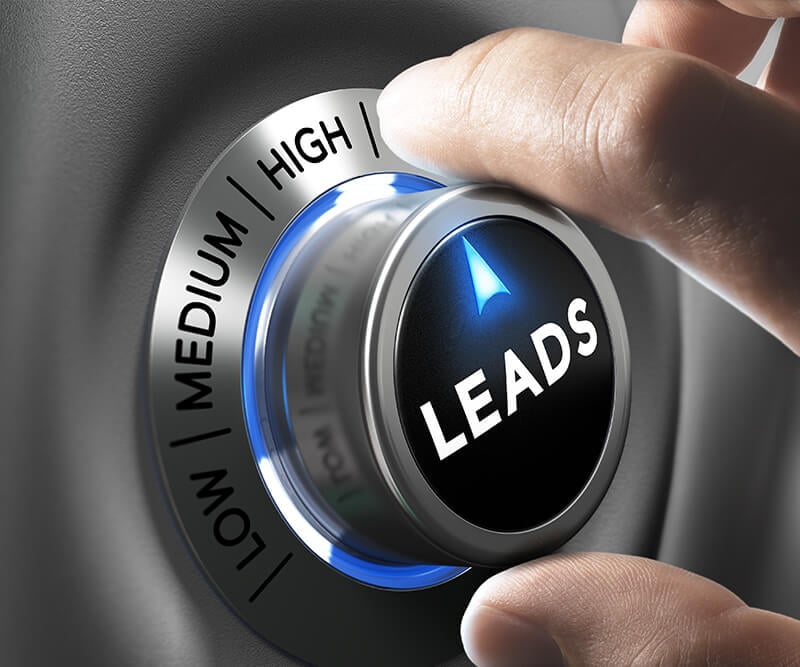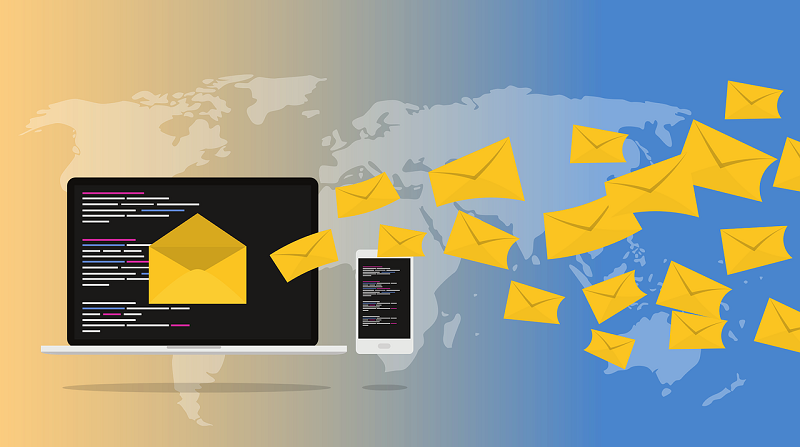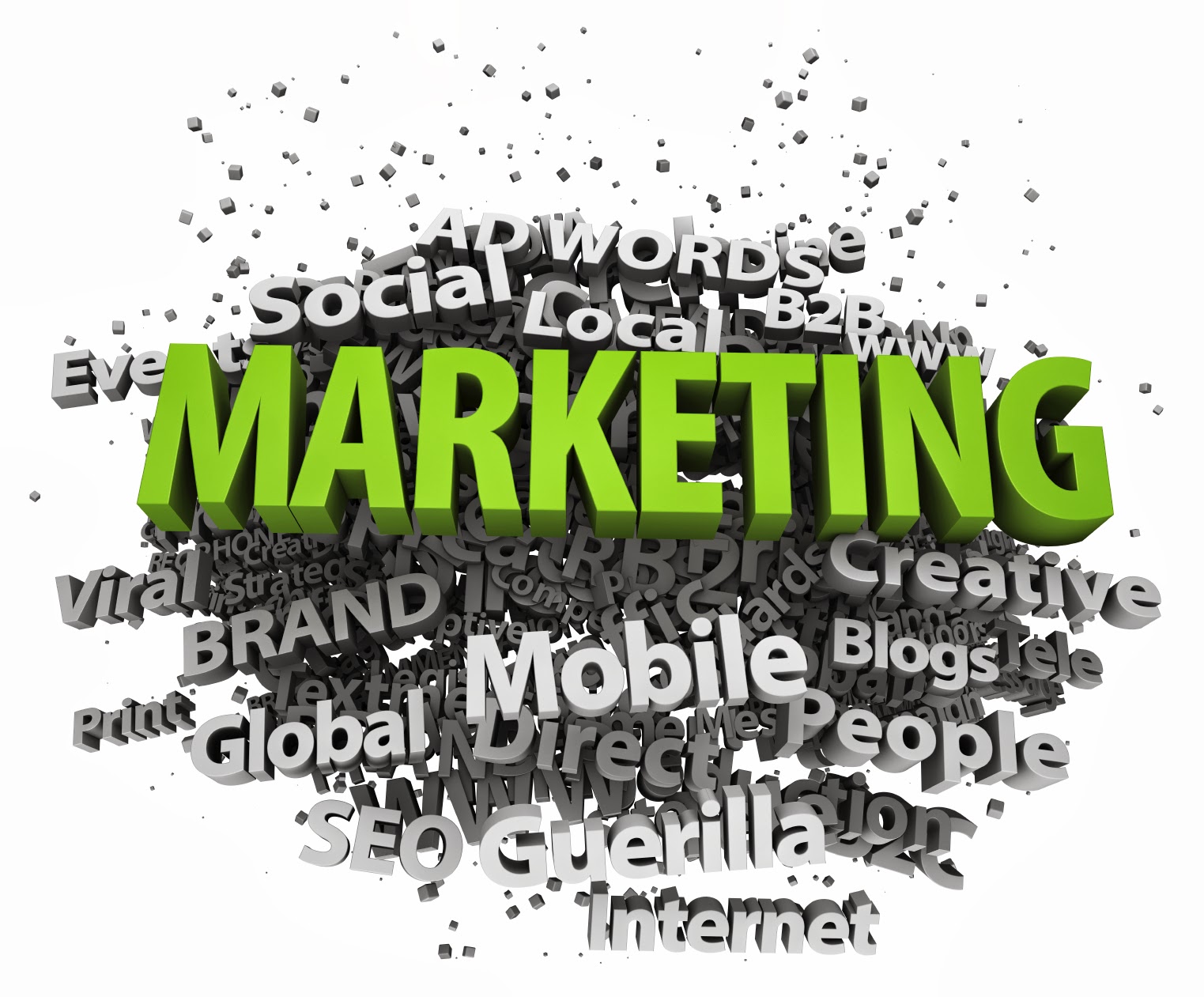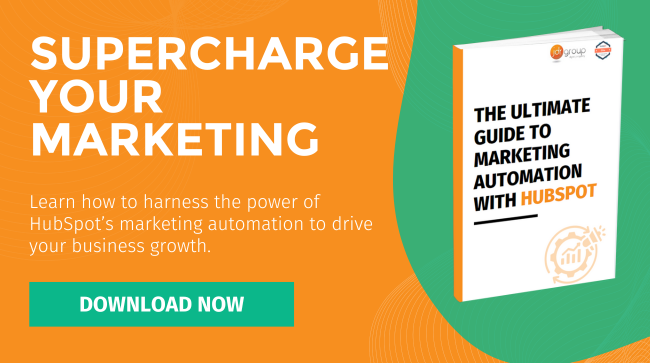Creating An Effective Marketing Automation Strategy: 5 Success Tips
by Andy Gibbins on 07-Aug-2025 12:30:00

Marketing automation is the process of delegating certain manual processes used in marketing and sales to a purpose-designed software platform. These can include updating the CRM, sending emails, publishing blog posts, and more, depending on your needs. But how do you use marketing automation as a strategy to drive growth and sales for your business? Read on as we discuss five crucial elements for success.
1. Define Clear and Measurable Goals
All successful marketing automation strategies start with well-defined objectives to measure success. The easiest way to do this is to establish specific, measurable, achievable, relevant, and time-bound goals using the SMART methodology. This helps ensure your goals are both realistic and aligned with your broader business objectives. As an example, a marketing goal could be for a 25% increase in email open rates within six months. This gives clarity to your team and provides an objective benchmark to track progress. Well-aligned goals give you a roadmap for success so that every automated touch point works in the service of larger business priorities.
2. Segment and Understand Your Audience
Successful automation also hinges on accurate audience segmentation. This has always been a core part of database and CRM management, but in the past, segmenting users by demographics, behaviour, industry, or engagement level was a very time-consuming manual task, making it difficult to deliver content that truly resonated. Automation improves the accuracy and efficiency of the segmentation process, allowing you to tailor your messages according to in-depth audience knowledge and up-to-date interactions. This fosters stronger long-term engagement and increases the likelihood of conversion and long-term customer loyalty.
B2B businesses, for instance, can create segments by target company size, location, or industry, creating email campaigns that speak specifically to each segment’s priorities and challenges. Customer behavioural data, such as past purchases, website visits, downloads, and online interactions, can further refine your approach, creating personalised experiences that nurture leads towards conversion.
3. Create Personalised and Targeted Workflows
With your marketing objectives and segments established, the next step is to create interconnected workflows to deliver the right messages to your customers at the optimal time. Effective workflows are used at every step of the customer journey, from welcoming new leads to the funnel to onboarding new customers and ongoing engagement. What makes an effective workflow? The answer is a relevant trigger, which can be a form submission, email click through, or request to download a brochure. Automated action steps might then include sending a series of welcome drip-feed emails over several days or weeks, or suggesting targeted resources to the prospect.
Modern marketing automation platforms, such as HubSpot, use branching logic to help the workflow adapt to emerging behaviours, offering next steps based on the response of each recipient. At the same time, the platform provides continual goal tracking to let you measure the effectiveness of each workflow and adjust it manually if needed, so that every action supports tangible business growth.
4. Invest in Value-Driven Content
Strategic use of high-quality content is fundamental to marketing automation. It’s important to invest in the right assets to inform your customers and drive conversions, including good landing pages, tutorials and guides, articles, and educational emails – all tailored to the recipient’s segment and stage in the buyer funnel. Well-crafted content, delivered regularly and consistently, helps build trust with your prospects and gives your marketing automation strategy the fuel needed to drive revenues and results for your business.
5. Scalability and Flexibility
A marketing automation strategy should be configured to evolve alongside your business, scaling with your growth, and responding to your needs. We recommend investing in a platform that is capable of supporting growth, from more leads to new segments, and multichannel communication options, and that adopts new tools and methods as they emerge. It’s also worth frequently reassessing your processes to respond to changing customer demands and technological advances, so that your automation strategy remains an engine for sustainable long-term performance.
What Next?
If you’re interested in finding out more about marketing automation and how it could work for your business, please contact one of the specialists at JDR today by clicking here or by calling 01332 343281.
- Inbound Marketing (SEO, PPC, Social Media, Video) (824)
- Strategy (363)
- Sales & CRM (195)
- Marketing Automation & Email Marketing (190)
- Business Growth (164)
- Website Design (160)
- Hubspot (138)
- Lead Generation (115)
- Google Adwords (98)
- Content Marketing (94)
- Conversion (48)
- Case Studies (47)
- News (47)
- Ecommerce (39)
- Webinars (34)
- SEO (24)
- AI (20)
- Events (19)
- Video (17)
- LinkedIn Advertising (15)
- Video Selling (15)
- Software training (13)
- Niche business marketing (11)
- The Digital Prosperity Podcast (10)
- Facebook Advertising (6)
- HubSpot Case Studies (5)
- December 2025 (10)
- November 2025 (6)
- October 2025 (17)
- September 2025 (16)
- August 2025 (14)
- July 2025 (14)
- June 2025 (5)
- May 2025 (19)
- April 2025 (15)
- March 2025 (13)
- February 2025 (13)
- January 2025 (8)
- December 2024 (2)
- November 2024 (4)
- October 2024 (21)
- September 2024 (4)
- August 2024 (8)
- July 2024 (14)
- June 2024 (16)
- May 2024 (25)
- April 2024 (15)
- March 2024 (18)
- February 2024 (5)
- January 2024 (10)
- December 2023 (6)
- November 2023 (10)
- October 2023 (13)
- September 2023 (12)
- August 2023 (14)
- July 2023 (13)
- June 2023 (14)
- May 2023 (15)
- April 2023 (13)
- March 2023 (14)
- February 2023 (13)
- January 2023 (15)
- December 2022 (13)
- November 2022 (6)
- October 2022 (8)
- September 2022 (22)
- August 2022 (15)
- July 2022 (13)
- June 2022 (16)
- May 2022 (14)
- April 2022 (16)
- March 2022 (17)
- February 2022 (11)
- January 2022 (8)
- December 2021 (6)
- November 2021 (7)
- October 2021 (11)
- September 2021 (10)
- August 2021 (7)
- July 2021 (7)
- June 2021 (4)
- May 2021 (4)
- April 2021 (1)
- March 2021 (3)
- February 2021 (5)
- January 2021 (4)
- December 2020 (7)
- November 2020 (6)
- October 2020 (5)
- September 2020 (9)
- August 2020 (18)
- July 2020 (17)
- June 2020 (17)
- May 2020 (10)
- April 2020 (21)
- March 2020 (24)
- February 2020 (21)
- January 2020 (12)
- December 2019 (23)
- November 2019 (12)
- October 2019 (14)
- September 2019 (16)
- August 2019 (15)
- July 2019 (13)
- June 2019 (6)
- May 2019 (8)
- April 2019 (4)
- March 2019 (2)
- February 2019 (2)
- January 2019 (2)
- December 2018 (3)
- November 2018 (24)
- September 2018 (11)
- August 2018 (9)
- June 2018 (3)
- May 2018 (6)
- April 2018 (14)
- March 2018 (12)
- February 2018 (16)
- January 2018 (15)
- December 2017 (15)
- November 2017 (18)
- October 2017 (23)
- September 2017 (19)
- August 2017 (28)
- July 2017 (27)
- June 2017 (25)
- May 2017 (18)
- April 2017 (17)
- March 2017 (16)
- February 2017 (17)
- January 2017 (14)
- December 2016 (21)
- November 2016 (27)
- October 2016 (25)
- September 2016 (16)
- August 2016 (20)
- July 2016 (19)
- June 2016 (14)
- May 2016 (20)
- April 2016 (24)
- March 2016 (22)
- February 2016 (28)
- January 2016 (27)
- December 2015 (28)
- November 2015 (19)
- October 2015 (9)
- September 2015 (12)
- August 2015 (5)
- July 2015 (1)
- June 2015 (10)
- May 2015 (3)
- April 2015 (11)
- March 2015 (14)
- February 2015 (15)
- January 2015 (12)
- December 2014 (2)
- November 2014 (23)
- October 2014 (2)
- September 2014 (2)
- August 2014 (2)
- July 2014 (2)
- June 2014 (7)
- May 2014 (14)
- April 2014 (14)
- March 2014 (7)
- February 2014 (2)
- January 2014 (7)
- December 2013 (9)
- November 2013 (14)
- October 2013 (17)
- September 2013 (3)
- August 2013 (6)
- July 2013 (8)
- June 2013 (4)
- May 2013 (3)
- April 2013 (6)
- March 2013 (6)
- February 2013 (7)
- January 2013 (5)
- December 2012 (3)
- November 2012 (2)
- September 2012 (1)
Subscribe by email
You May Also Like
These Related Blogs

How To Increase B2B Lead Generation With Marketing Automation
According to Hubspot, a leading marketing automation software company, marketing automation is: “At its best, marketing automation is software and tac …

What Can You Automate? 43 Ideas For Sales & Marketing Automation Workflows
Marketing automation software can automate important sales and marketing tasks, saving countless hours, reducing errors and improving efficiency. But …

How To Automate Your Marketing & Put Your Marketing 'On Autopilot'
Let’s not kid ourselves, if you want to get ahead in an increasingly competitive world you have to automate your marketing. To automate your marketing …




